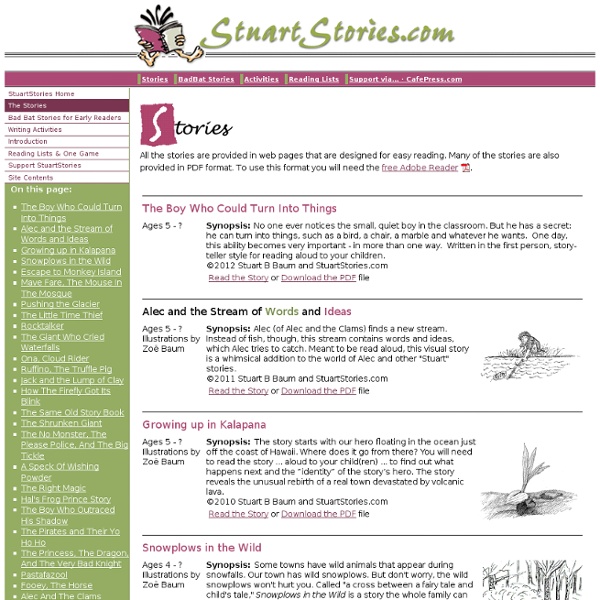



Reading Comprehension Worksheets "Your reading comprehension materials are the best I've found on the web. They are so thorough and comprehensive! My students and I have learned a lot from them. Thanks so much!" Like these materials? On this page you will find our complete list of high quality reading comprehension worksheets created specially by our team for students in grade levels K-12. READTHEORYWorkbooks Visit our online store here! Our reading comprehension worksheets teach students to think critically, draw inferences, understand scope and global concepts, find or recall details, and infer the meaning of useful vocabulary words. © COPYRIGHT NOTICE: The below publications contain copyrighted work to be used by teachers in school or at home. Grade 1 - Find more here! Phew! You really really like reading comprehension. Critical Thinking Reading Comprehension Worksheets Short Story Reading Comprehension Worksheets Answers for this series are included at the end of each worksheet." Aren't fictional short stories fun!?
Charlie and the Chocolate Factory by Roald Dahl: Teaching Resources Charlie and the Chocolate Factory Lesson Plans For Teachers: This page contains the teaching resources found on the left chocolate bar. Click on the chocolate bar on the right to view my other teaching resources and fun student projects for this scrumdiddlyumptious book by Roald Dahl Charlie and the Chocolate Factory is a book that stands the test of time. This story features the adventures of a young and ordinary boy who wins the opportunity to tour a mysterious factory that is owned by an eccentric chocolate maker. The hero of the story is Charlie Bucket, a poor child who lives with his parents and four grandparents in a little ramshackled house that is sparse, but filled with love. Instead of choosing adults or monsters as the antagonists, Roald Dahl has created four naughty, and memorable, children as the villains in this tale of good versus evil. Your students will enjoy rooting for Charlie Bucket during his many trials and tribulations. For example: 1. 2. 3. Examples: 4. 5. 6. 7.
sketchnote-lessons Archives Color is a great way to add visual interest and guide people’s eyes to what you want them to focus on. Here’s Kevin Dulle’s sketchnote lesson on adding emphasis with shadows and color: Reposted with permission – check out his blog for more tips! If you’re starting out with sketchnotes, you don’t have to use color right away. You can always add color afterwards. You can also add color on the computer. Okay, so that takes care of the mechanics. Develop your personal style by looking for inspiration and experimenting with ideas. Here’s a sampler of different coloring styles I’ve played with in my sketchnotes: Sketchnote Army has a wide variety of sketchnoting styles. Like this?
Sketchnotes 101: The Basics of Visual Note-taking Welcome to the second article in the the new Core77 "Sketchnotes Channel" (www.core77.com/sketchnotes) where we'll be exploring the application of visual thinking tools in the worlds of design and creative thinking. So you say you're ready to start sketchnoting. Maybe you're not much of a sketcher but you take a lot of notes, and are interested in making them more meaningful and interesting, but you're afraid your drawings are too crude. For you, it's important to stress that sketchnotes—although they are inherently a visual medium—do not require drawing ability of any kind. Essentially they're about transforming ideas into visual communication; structuring thoughts and giving hierarchy to concepts can be completed with strictly text and a few lines. Maybe you're perpetually drawing and want to try and make your notes more useful and engaging but you are afraid of imposing structure to your normally freeform way of sketching. In the end, it's up to you. So let's get tactical.
Napkin Sketch Workbook by Don Moyer: Education Words are great, but some messages are hard to communicate with words alone. That's why we need visual explanations—charts, figures, diagrams. This workbook inspires all writers to create better visual explanations and shares practical techniques you can apply right away—even if you think you can't draw. The workbook includes many exercises you can use to practice new skills and build confidence. Developed to support Don's workshop for writers, presented at the annual conference of the Society for Technical Communication. About the Author Don Moyer Foglifter Pittsburgh, PA, USA Don Moyer is a writer and designer who enjoys helping businesses communicate important ideas by making messages visible. Publish Date December 29, 2010 Dimensions Pocket 172 pgs Black and White printing (on cream uncoated paper) Category Education Tags visual explanation , napkin sketch … , Society for Technical Communications , Netflix , Shopatron , ThoughtForm , STC , preview , workbook , draw